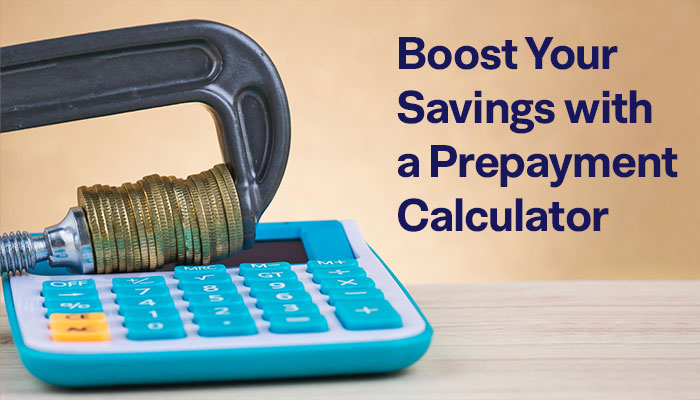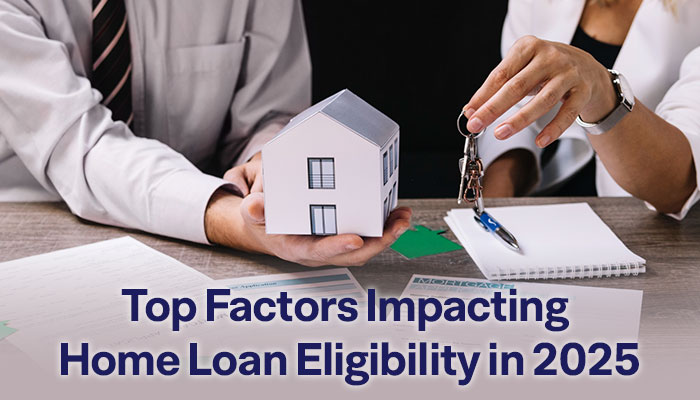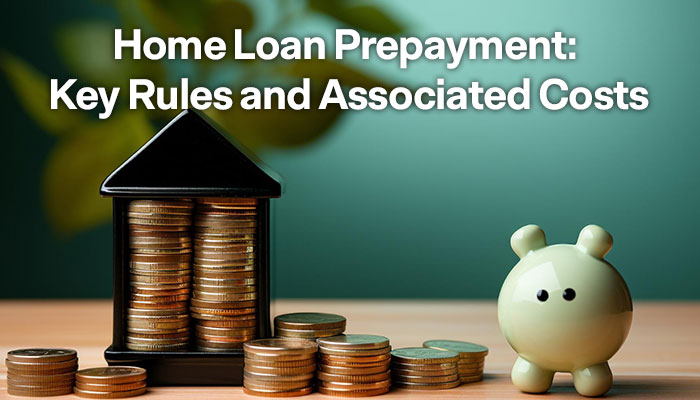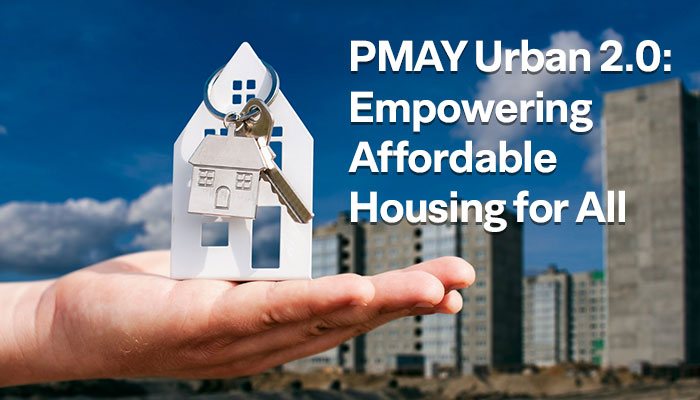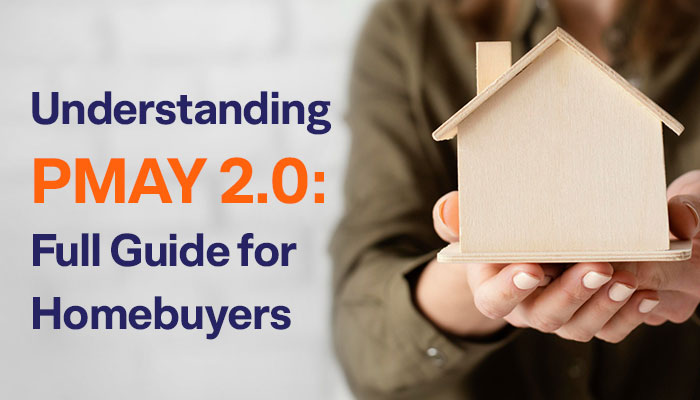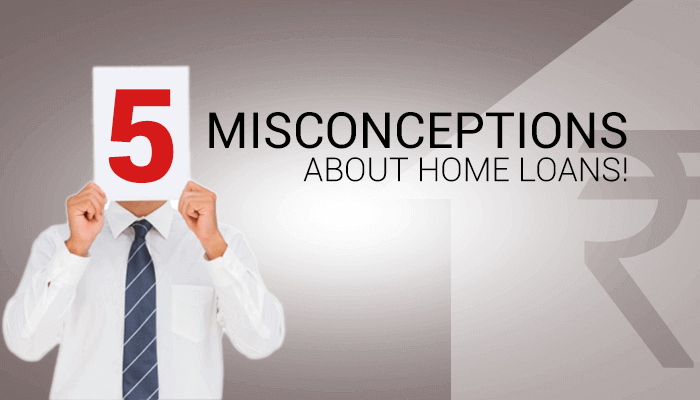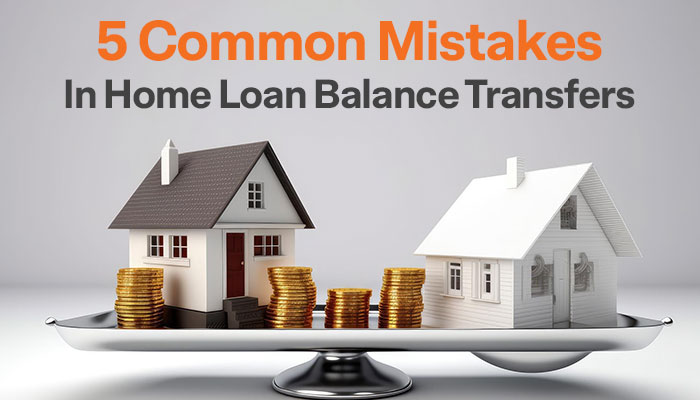All about Pradhan Mantri Awas Yojana Gramin

PMAYG (Pradhan Mantri Awas Yojana Gramin) is a crucial component of the Pradhan Mantri Awas Yojana (PMAY), a comprehensive housing mission launched by the Indian government. It specifically targets rural households, providing them with financial assistance to construct or upgrade their homes.
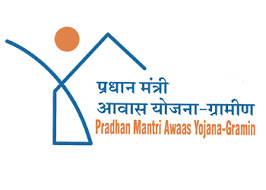
Rural housing plays a vital role in India's overall development. Adequate housing improves the quality of life for rural communities, promotes sanitation and hygiene, and empowers women. Pradhan Mantri Gramin Awas Yojana addresses the pressing need for sustainable and affordable housing in rural areas.
Eligibility Criteria for PMAYG
Eligibility for PMAYG is determined based on several criteria aimed at ensuring that the benefits reach the most deserving sections of society. The scheme is primarily targeted at those who do not own a pucca (permanent) house and belong to economically weaker sections of society. PMAYG is open to rural households that meet specific eligibility criteria. These criteria include:
- Income: You must belong to the specified income limits.
- Land Ownership: You must own a plot of land or have access to government-allocated land.
- Existing Housing: You must not already own a pucca house.
Income and Housing Criteria
PMAY Rural also considers the income levels and existing housing conditions of applicants. Families with an annual income below the specified threshold, as defined by the government, are eligible for assistance under this scheme.
The income criteria ensure that the benefits are targeted towards those who need them the most, particularly the economically weaker sections (EWS) and low-income groups (LIG). Special provisions are made for marginalised communities, including Scheduled Castes (SC), Scheduled Tribes (ST), and other backward classes (OBC), to ensure inclusive growth. Additionally, families living in areas prone to natural disasters or those affected by calamities are given priority under the scheme.
Financial Assistance under PMAYG
PMAYG has been primarily designed to provide financial assistance to the weaker sections of society.
- Subsidy and Financial Support
One of the key features of PM Awas Yojna Gramin is the financial assistance provided to eligible beneficiaries. Under this scheme, the central government offers a subsidy that significantly reduces the cost of constructing a house.
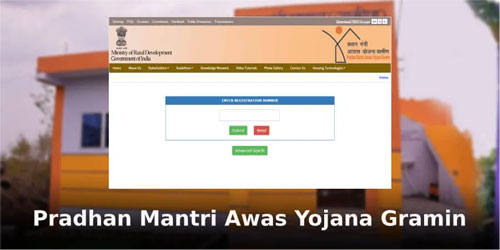
The amount of subsidy varies depending on the geographical location of the beneficiary. For instance, families in plain areas receive a subsidy of up to ₹1.20 lakhs, while those in hilly, difficult, or Integrated Action Plan (IAP) areas are eligible for a subsidy of up to ₹1.30 lakhs. This financial support is disbursed in instalments, aligned with the progress of construction, ensuring that the funds are used effectively.
- Loan Options and Repayment Terms
In addition to the subsidy, beneficiaries have the option to avail of institutional loans to meet any additional financial requirements for constructing their homes. PMAYG allows beneficiaries to take loans of up to ₹70,000, with home loan interest rates subsidised by the government. The repayment terms are designed to be flexible, ensuring that even low-income families can comfortably manage their loan repayments.
The availability of these loans empowers beneficiaries to construct homes that are safe and meet their aspirations in terms of size and amenities. The scheme's focus on affordability, coupled with supportive loan options, makes it a comprehensive solution for rural housing.
Application Process for PMAYG
Applying for PMAYG is a simple process, designed to be accessible to all eligible citizens. The first step involves checking the eligibility criteria, followed by gathering the necessary documents such as an Aadhaar card, bank passbook, and proof of income. You can choose the PMAYG apply online process through the official PMAYG portal or offline by visiting the local Gram Panchayat or Block Development Office.
The application form requires your basic details and your current housing situation. Once submitted, the application is reviewed and verified by the authorities, and if eligible, you are included in the final list.
The government has streamlined the application process to make it convenient for applicants, whether they choose Pradhan Mantri Awas Yojana Gramin apply online or offline process. You can complete the online application through the official PMAYG website, where you can check your eligibility, fill out the form, and track the status of your application.
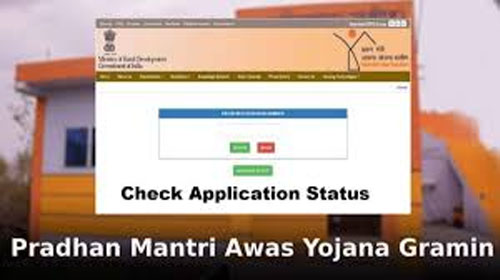
If you prefer offline methods, local authorities assist in filling out the forms and submitting the required documents. This dual approach ensures that all eligible citizens, regardless of their access to technology, can apply for the scheme and benefit from its provisions.
Application Process for PMAYG
The successful implementation of PMAYG relies heavily on the coordinated efforts of the central government, state governments, and local bodies. The Ministry of Rural Development oversees the scheme's execution, while state governments are responsible for monitoring progress at the local level.
Gram Panchayats and Block Development Offices play a crucial role in identifying the beneficiaries, verifying applications, and ensuring that funds are disbursed correctly. These local bodies are also responsible for monitoring the construction of houses and ensuring that they meet the required standards.
Progress and Achievements of PMAYG
Since its inception, PMAYG has made significant strides in addressing the rural housing deficit. As per the latest data, millions of homes have been constructed under the scheme, providing safe and affordable housing to families across rural India.
The scheme has not only improved living conditions for the rural poor but has also contributed to the overall development of rural areas by generating employment and boosting local economies. Success stories from various states highlight the positive impact of PMAYG, showcasing how the scheme has transformed the lives of beneficiaries by providing them with a sense of security and dignity.
Challenges and Future of PMAYG
Despite its success, PMAYG faces several challenges that need to be addressed to ensure its continued effectiveness. One of the primary challenges is the timely identification and verification of beneficiaries, which can sometimes lead to delays in the disbursement of funds.
Additionally, issues related to land availability, particularly in densely populated rural areas, pose a significant obstacle. Funding constraints and bureaucratic hurdles also affect the pace of implementation. To overcome these challenges, it is essential to streamline processes, enhance coordination between various agencies, and allocate resources efficiently.
The Future of Rural Housing in India
Looking ahead, the future of rural housing in India appears promising, with the government committed to expanding and improving the PMAYG scheme. The government is committed to expanding PMAYG and addressing the challenges it faces. Plans include increasing funding, streamlining the application process, and exploring innovative housing solutions.
PMAYG has been a transformative scheme for rural India, providing affordable housing to millions of people. By understanding the eligibility criteria, application process, and benefits, rural households can leverage this scheme to improve their living conditions and build a brighter future. If you are planning to apply for housing loans with competitive interest rates, you must check out IIFL Home Loans.
FAQs
Q1. Can I avail PMAYG benefits if I already have a partially constructed house?
The benefits of PMAYG can be used to complete partially constructed houses.
Q2. What are the minimum and maximum subsidy amounts under PMAYG?
The subsidy amounts vary based on the beneficiary category and the location. It's best to check the specific guidelines for your state.
Q3. Can I use the PMAYG subsidy for other purposes besides housing construction?
The subsidy is specifically allocated for housing construction or renovation.
Q4. What happens if I fail to complete the construction within the stipulated time?
The government might impose penalties or withdraw the subsidy if the construction is not completed within the specified timeframe.
Q5. Can I sell my PMAYG-assisted house?
There might be restrictions on selling the house within a certain period after completion. Check the scheme guidelines for details.
Tags
Disclaimer: The information contained in this post is for general information purposes only. IIFL Home Finance Limited (including its associates and affiliates) ("the Company") assumes no liability or responsibility for any errors or omissions in the contents of this post and under no circumstances shall the Company be liable for any damage, loss, injury or disappointment, etc. suffered by any reader. All information in this post is provided "as is", with no guarantee of completeness, accuracy, timeliness, or of the results, etc. obtained from the use of this information, and without warranty of any kind, express or implied, including, but not limited to warranties of performance, merchantability, and fitness for a particular purpose. Given the changing nature of laws, rules, and regulations, there may be delays, omissions, or inaccuracies in the information contained in this post. The information on this post is provided with the understanding that the Company is not herein engaged in rendering legal, accounting, tax, or other professional advice and services. As such, it should not be used as a substitute for consultation with professional accounting, tax, legal or other competent advisers. This post may contain views and opinions which are those of the authors and do not necessarily reflect the official policy or position of any other agency or organization. This post may also contain links to external websites that are not provided or maintained by or in any way affiliated with the Company and the Company does not guarantee the accuracy, relevance, timeliness, or completeness of any information on these external websites. Any/ all (Home/ Loan Against Property/ Secured Business Loan/ Balance Transfer/ Home Improvement Loan/ NRI Home Loan/ Home Loan for Uniformed Services) loan product specifications and information that may be stated in this post are subject to change from time to time, readers are advised to reach out to the Company for current specifications of the said (Home/ Loan Against Property/ Secured Business Loan/ Balance Transfer/ Home Improvement Loan/ NRI Home Loan/ Home Loan for Uniformed Services) loan.
 Login
Login






